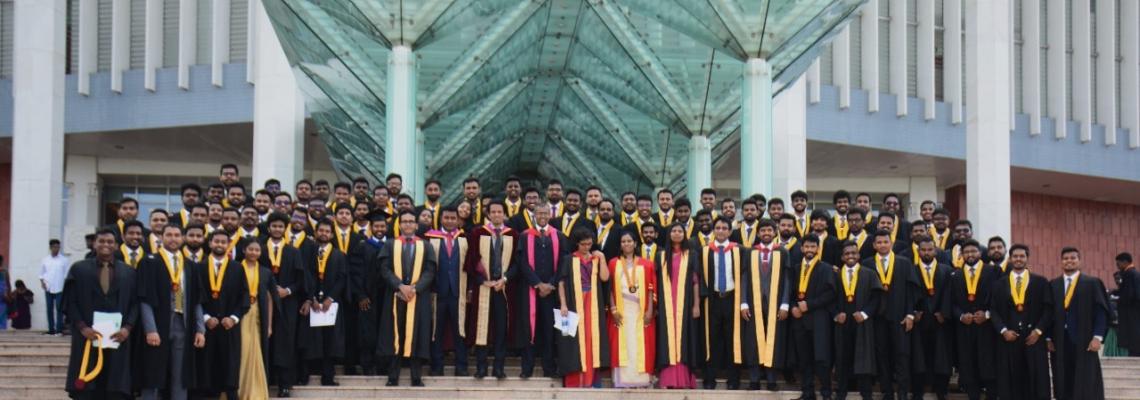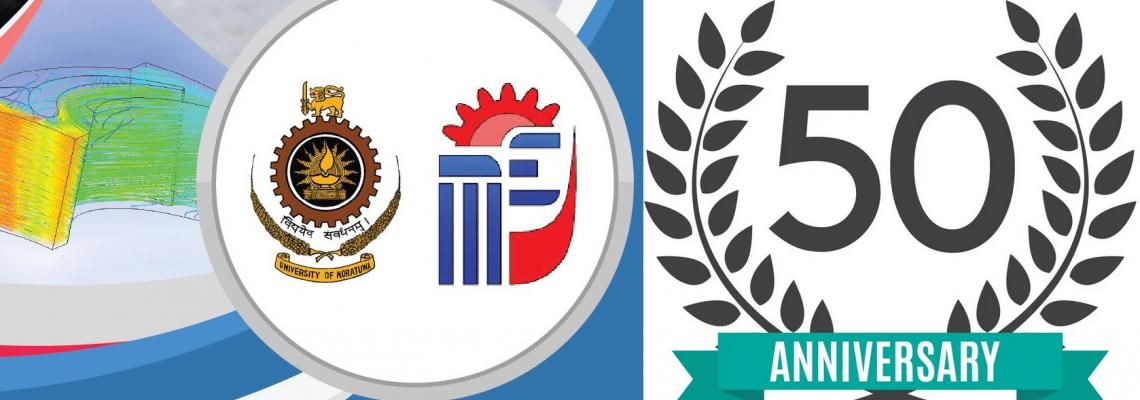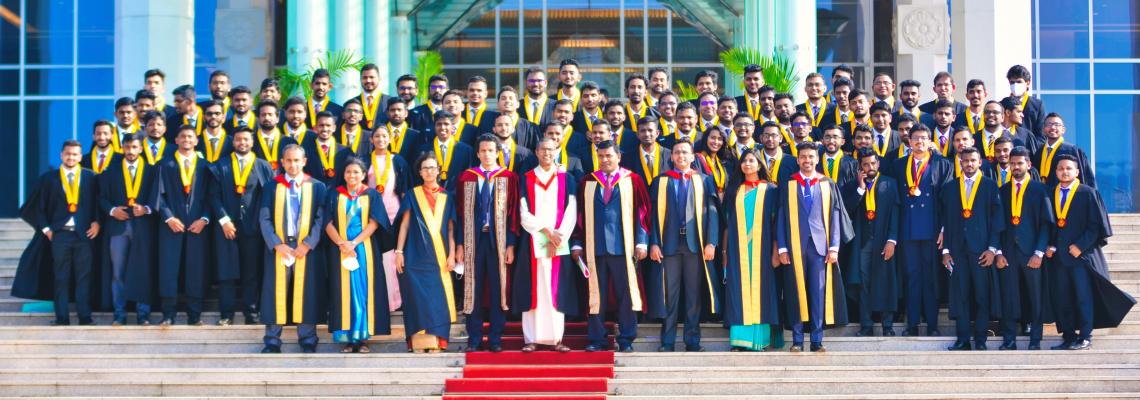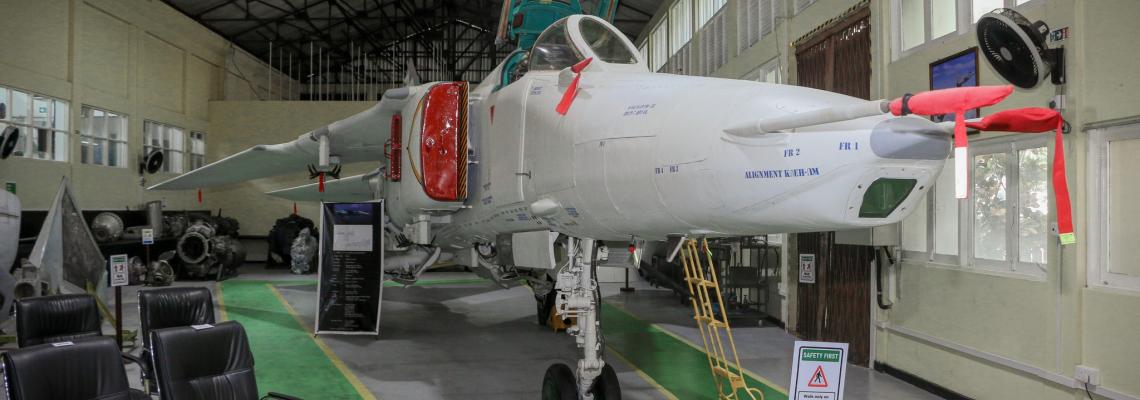Researcher(s)
Karunarathna MAP, Karunasena UTRK, Kumar DGAS
Supervisor(s)
Dr. (Mrs.) Manthilake MMID / Dr. Punchihewa HKG
Laboratory
Abstract
The power output of solar panels shows an inverse relation with its operating temperature and that affects largely for countries like Sri Lanka, which are situated near the equator. The aim of this study is to increase the solar cell energy generation efficiency up to its design efficiency by using an integrated cooling system. Possible cooling techniques which are aligned with Sri Lankan context were studied by referring past research and available systems. Rear side forced water cooling with thermal collector was identified as the most feasible technique by considering economic and environmental factors. Theoretical model was developed to estimate the design parameters of the experimental setup and predict the cooling performance. Number of ten cooling channel design configurations were modelled and analysed the cooling performance using ANSYS fluent simulations. The best design configuration was identified based on heat transfer and manufacturing capability. A prototype was manufactured to investigate the cooling performance experimentally. The experimental setup was developed using two 100-Watts solar panels with the capability of solar tracking. A cooling tower was developed to remove the extracted heat. Both power and panel temperature variation were observed and efficiency improvement was estimated. Experimental results were analysed to validate the numerical analysis performed using ANSYS fluent. The research work will be further extended to identify the optimum cooling liquid flow rate. Although, the designed efficiency was not achieved, the results of the both theoretical and experimental analysis show that integrating a rear side cooling system would increase both electrical and thermal efficiency by 63%. Considering the cost benefits and the environmental conditions of the Sri Lanka, using a heat removal system for solar modules is a feasible option.
Experimental setup
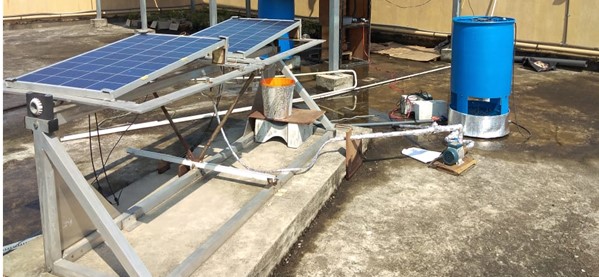
UoM Solar Portal
The UOM solar portal data was used to take the required realistic solar data for our research and development project. It is being recording all the essential data related to solar PV electricity generation, temperatures and the weather station data continuously. Our study area was based on identify the effect of solar PV module temperature on the performance of the solar PV module with its operating temperature. Theoretically, the efficiency of a solar PV module drops by 0.5% by increase in 1°C and the realistic data observed from the solar portal system were important to validate the problem in practically. The 5 kW solar plant (Micro-250W×20) located at the top of the mechanical engineering department building was used to take the realistic data for our research project.
Manufactured cooling jacket
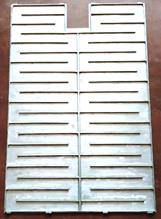
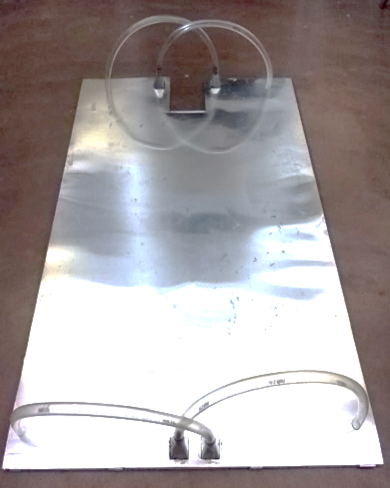
Results
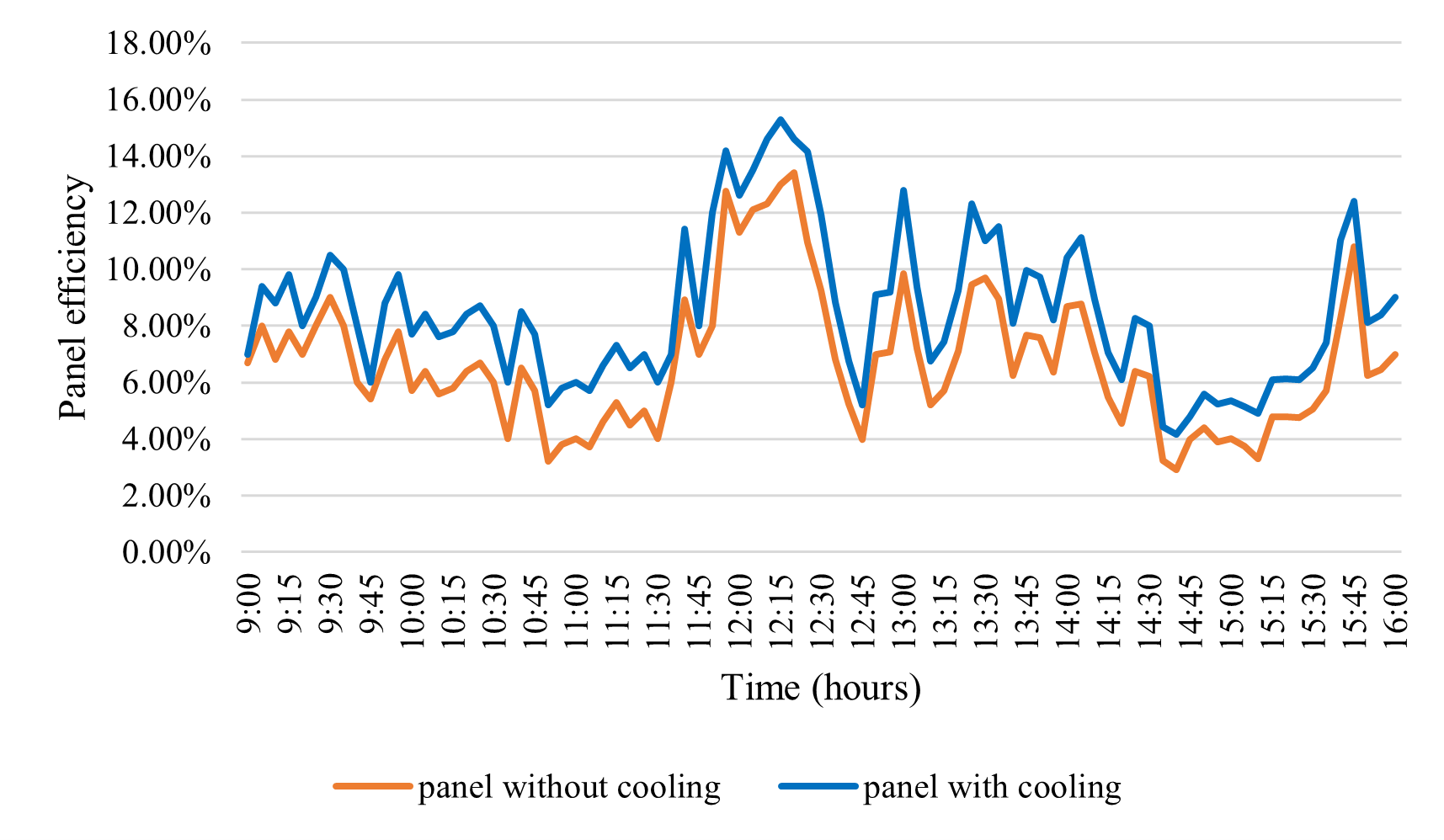
Figure 1. Efficiency variation of the panel with cooling and without cooling
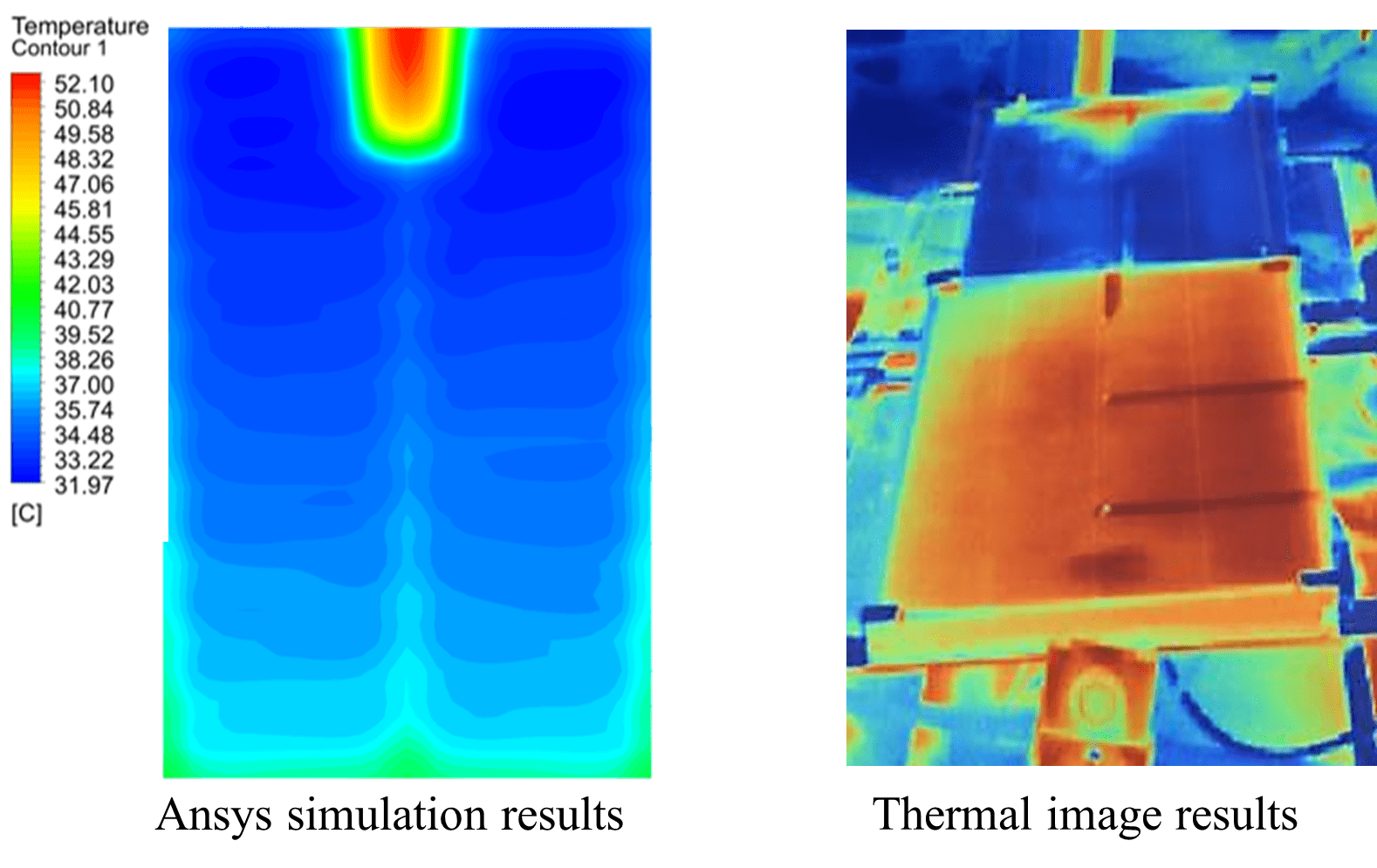
Demonstration at Mech-X 2020 Exhibition
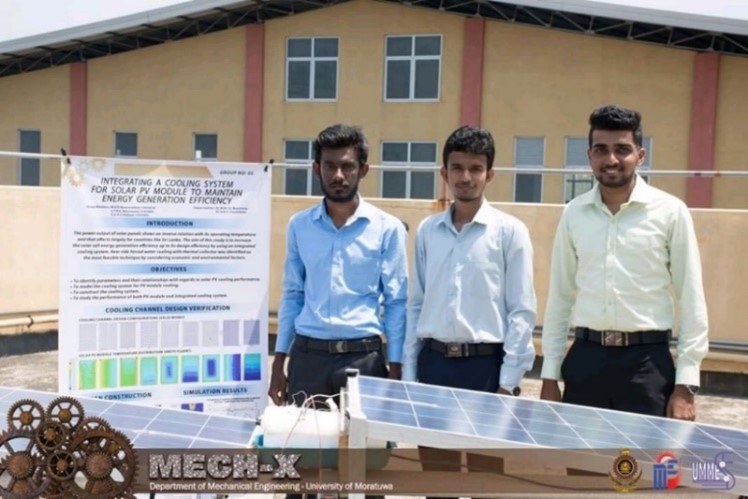
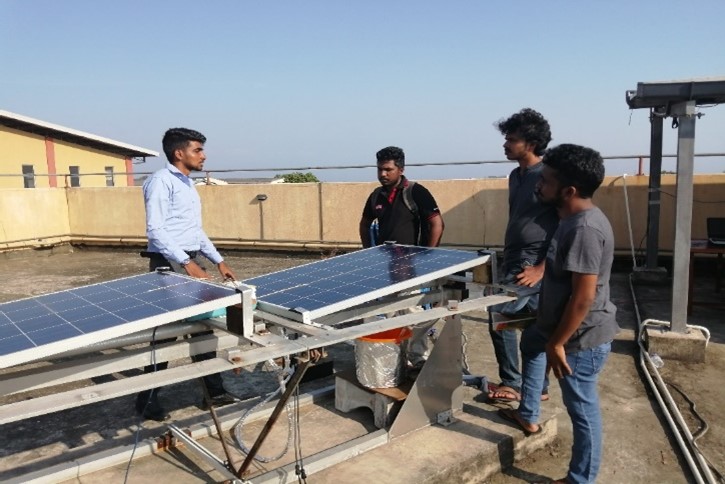
Research Team



